In our modern world, many essential survival skills have been forgotten. These skills could mean the difference between life and death when disaster strikes. Here are 15 crucial abilities that everyone should master, but few actually possess.
Fire Starting Without Matches
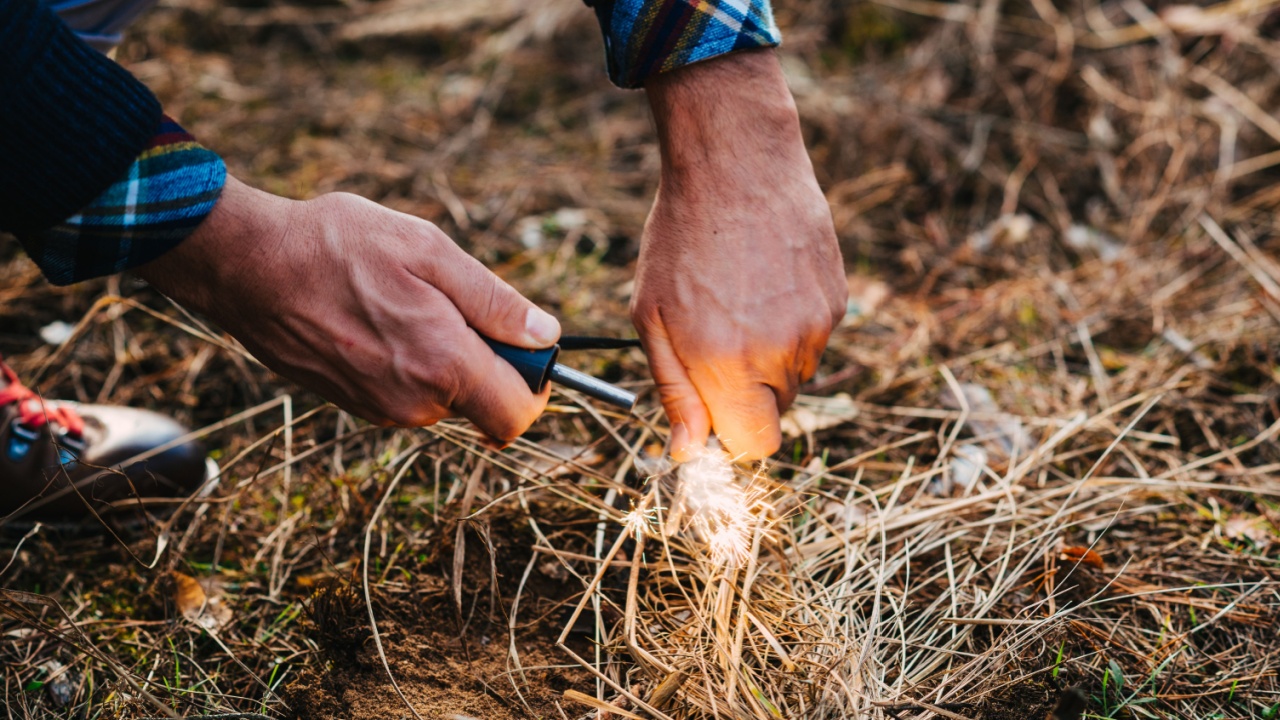
The ability to create fire is fundamental to survival. Yet, most people struggle without matches or lighters. Learning to use a ferro rod, friction-based methods like bow drills, or even a magnifying glass can be lifesaving. Practice these techniques regularly. In survival situations, fire provides warmth, a way to purify water, and a means to cook food. It also serves as a powerful signal for rescue and a psychological boost in dire circumstances.
Water Purification Techniques
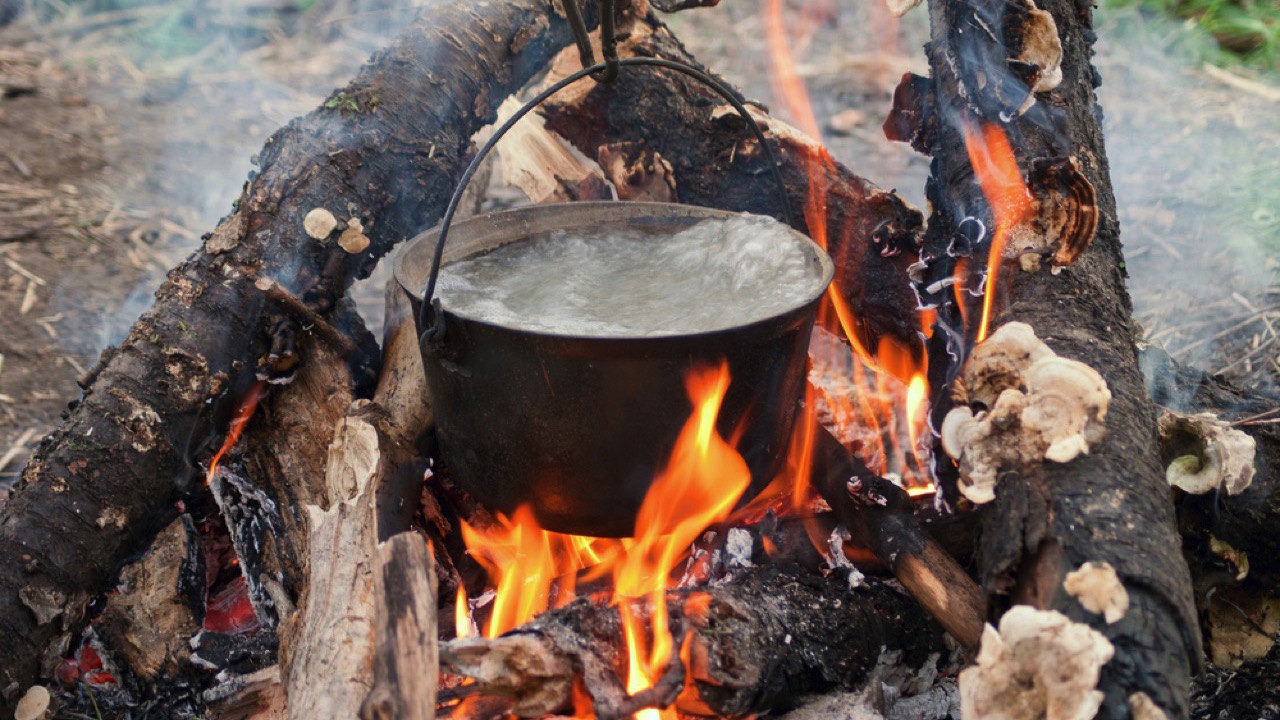
Clean water is essential for survival, but many don’t know how to make water safe to drink. Boiling is the most reliable method, killing most pathogens after one minute at a rolling boil. Alternatively, learn to create a solar still or use natural filters like sand and charcoal. Chemical treatments like iodine tablets are also effective. Remember, humans can survive only about three days without water, making this skill critical.
Basic First Aid and CPR

Medical help might be unavailable in emergency situations. Knowing how to treat wounds, set broken bones, and perform CPR can save lives. Learn to recognize signs of shock, hypothermia, and heat exhaustion. Practice bandaging techniques and creating splints from available materials. CPR, when performed correctly, can double or triple the chances of survival for cardiac arrest victims. These skills require regular practice to maintain proficiency.
Navigation Without GPS
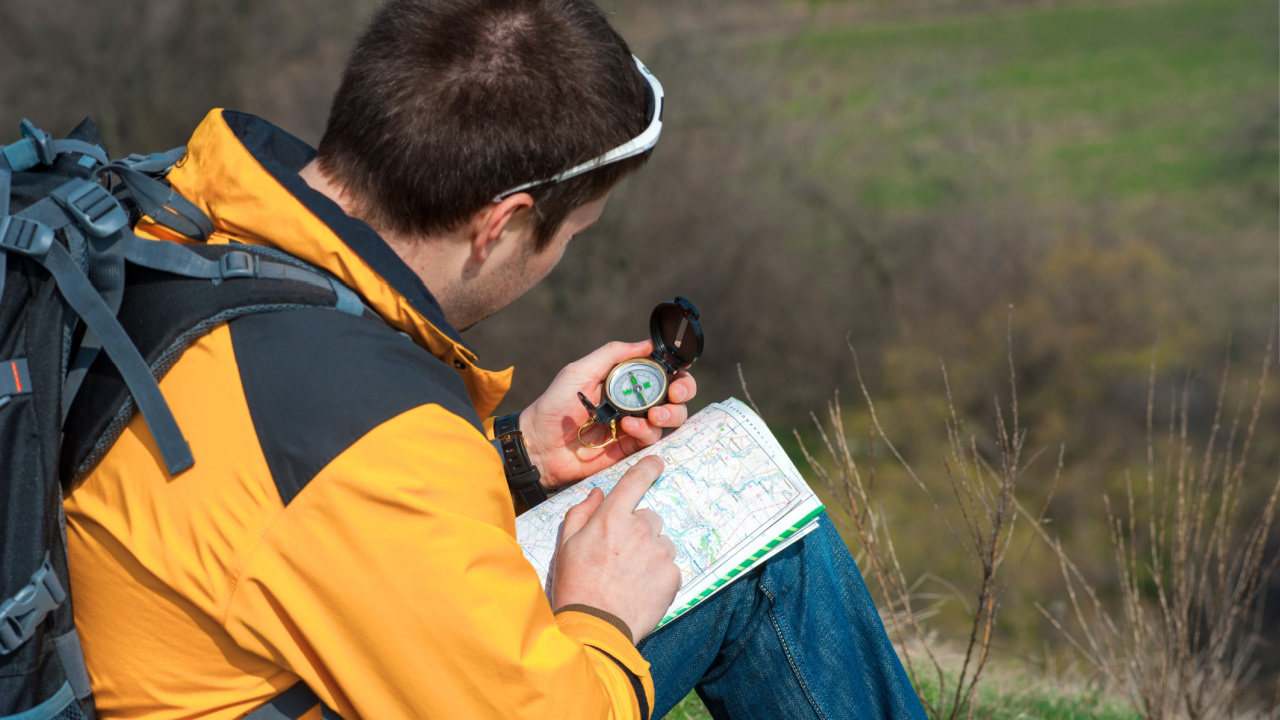
In our GPS-dependent world, many have lost the ability to navigate using natural signs. Learn to use a map and compass, and understand how to find north using the sun and stars. The North Star, Polaris, is always within one degree of true north in the Northern Hemisphere. During the day, the sun’s position can indicate direction. These skills can prevent you from becoming hopelessly lost in unfamiliar territory.
Knot Tying
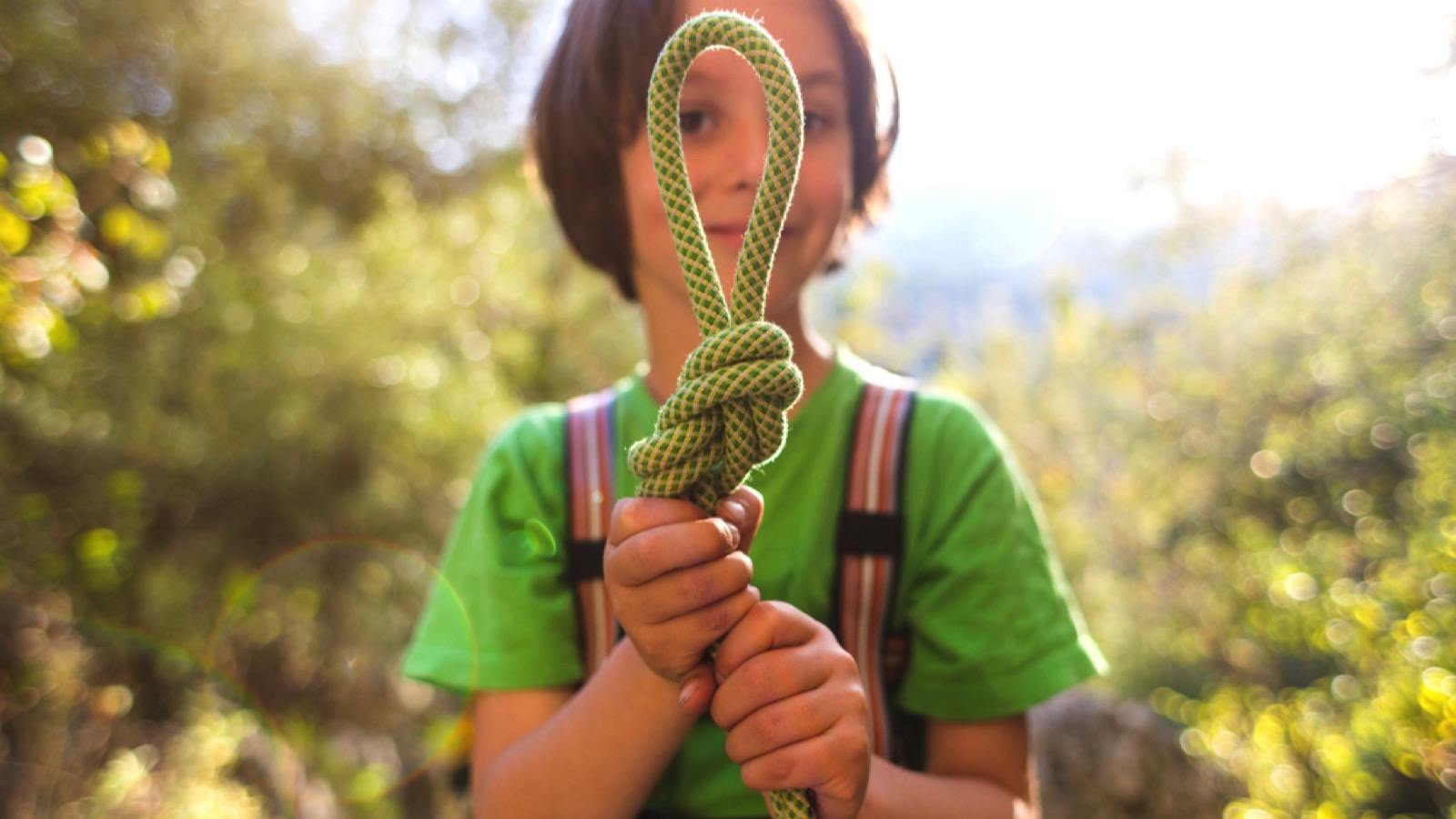
A repertoire of useful knots is invaluable in survival situations. The bowline, square knot, clove hitch, and taut-line hitch are essential starting points. Each serves different purposes, from securing shelters to creating rescue tools. The bowline, for instance, creates a secure loop that won’t slip or bind. Practice these knots regularly until you can tie them quickly and confidently, even in low-light conditions.
Shelter Building
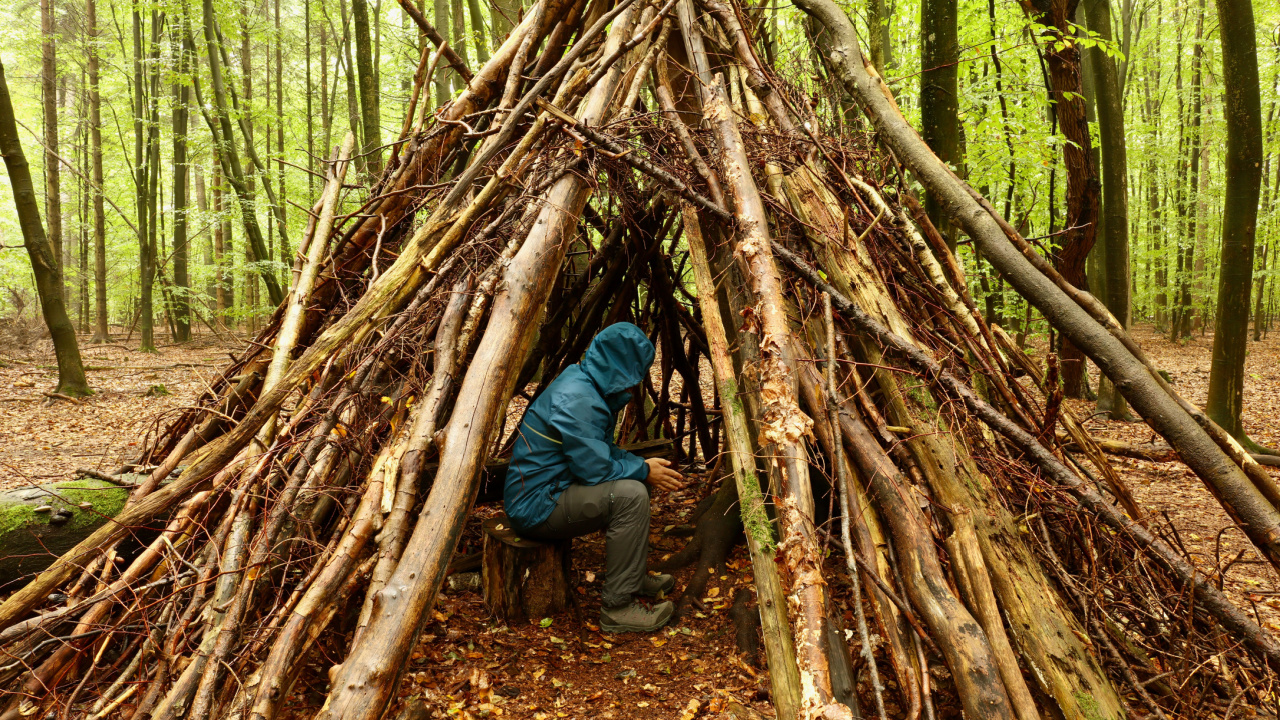
Exposure to the elements can be deadly. Knowing how to quickly construct a shelter from available materials is crucial. Learn to build lean-tos, debris huts, and snow caves. In forest environments, a simple lean-to can be constructed in under an hour using fallen branches and leaves. In snowy conditions, a well-built snow cave can maintain an internal temperature of around 32°F (0°C), even when outside temperatures drop far below freezing.
Foraging for Edible Plants

Identifying edible plants can provide sustenance when food is scarce. Learn to recognize common edible plants in your area, such as dandelions, cattails, and chickweed. Always follow the Universal Edibility Test when trying unfamiliar plants. Remember, many plants have poisonous look-alikes, so absolute certainty is crucial. Foraging can provide not only food but also medicinal plants for treating ailments in the wild.
Basic Hunting and Trapping

While many people know how to fish, fewer understand the basics of hunting and trapping. Learn to set simple snares and pit traps. Understand the behavior of local wildlife and their tracks. Even small game like rabbits or squirrels can provide crucial protein in survival situations. Remember, in many areas, hunting requires licenses and has specific seasons, so always follow local laws when practicing these skills.
Fire Maintenance
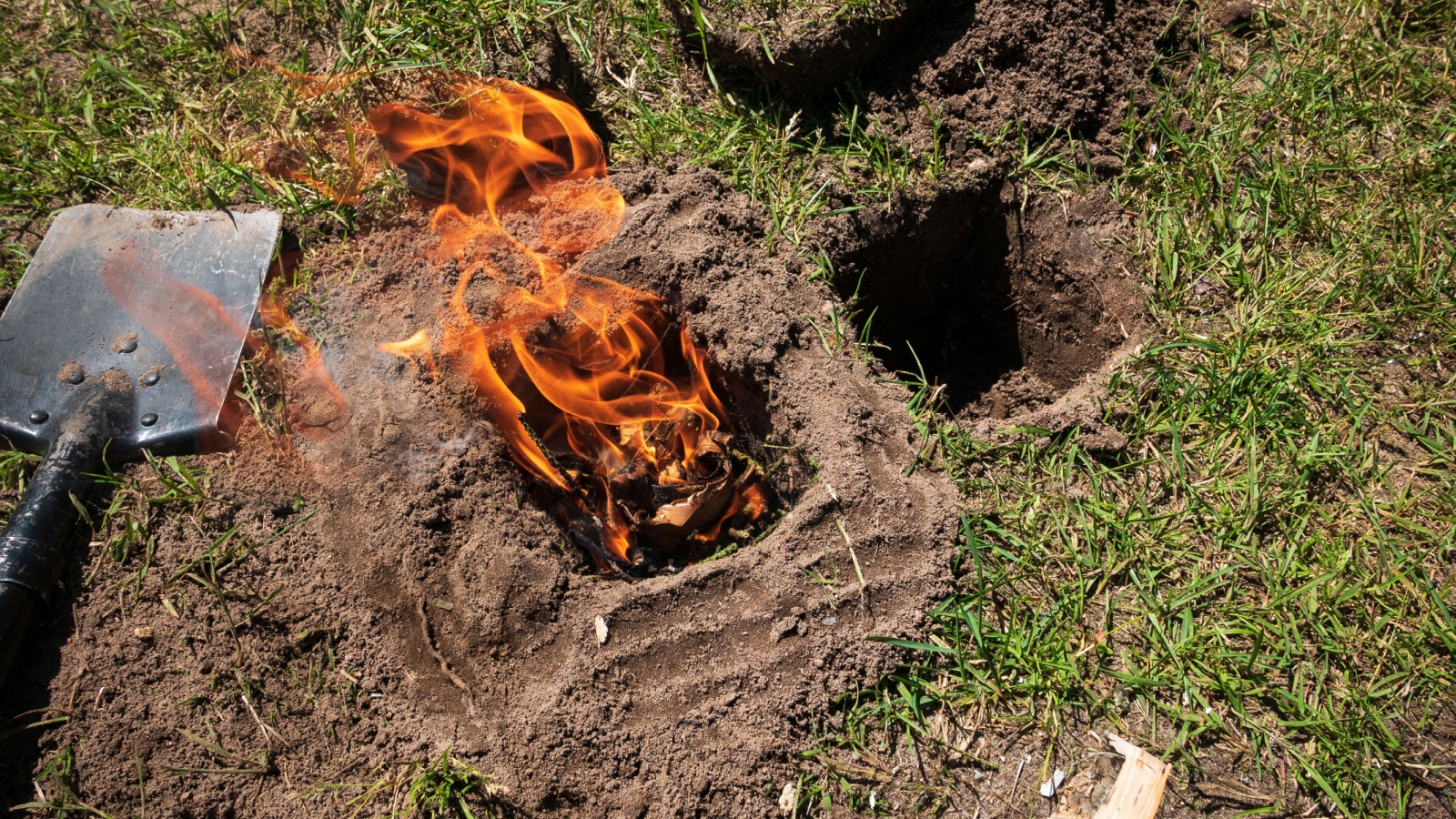
Starting a fire is one thing; keeping it going is another. Learn to identify and gather the best types of firewood. Understand the importance of tinder, kindling, and fuel logs. Learn to create long-lasting fires like the Dakota fire hole, which burns efficiently and with less smoke. Proper fire maintenance ensures a constant source of heat, light, and the ability to purify water and cook food.
Signaling for Rescue
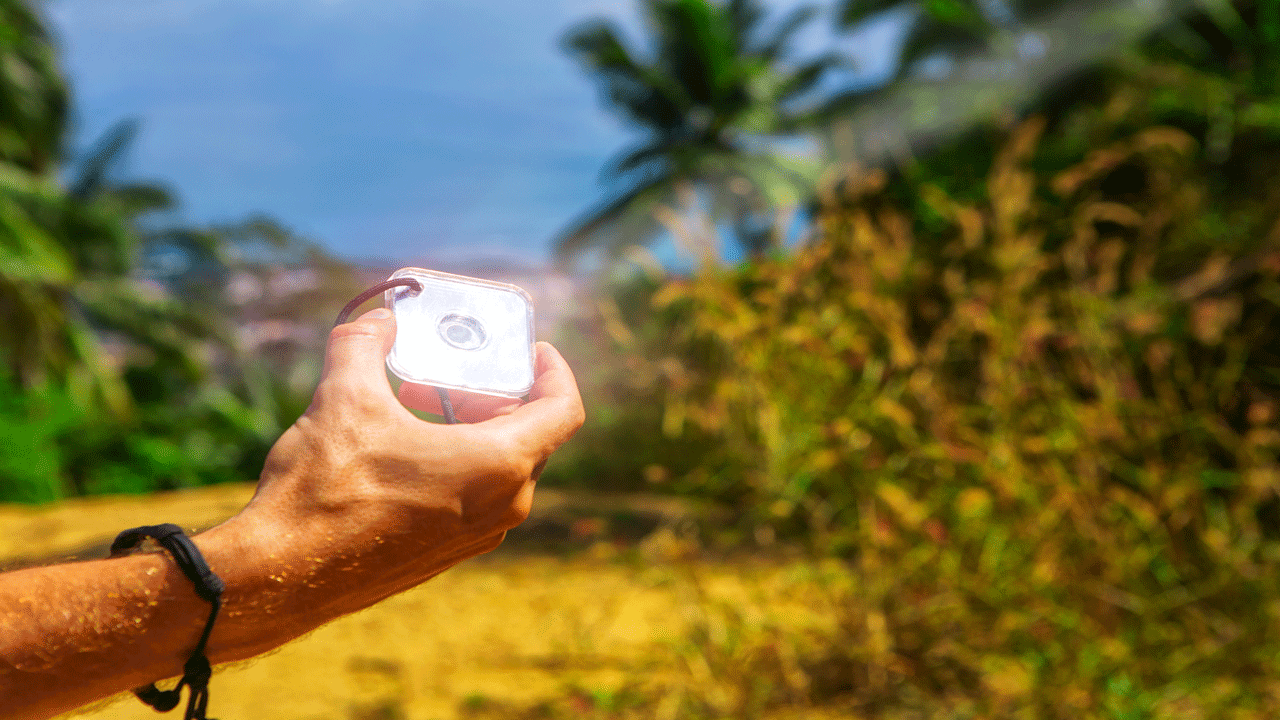
Knowing how to signal for help can dramatically increase your chances of rescue. Learn to create signal fires, use mirrors for signaling, and construct large ground-to-air signals. The international ground-to-air signal for “need help” is a large “X”. Signal mirrors can be seen for miles on sunny days. Three of anything (fires, whistle blasts, etc.) is a universal distress signal.
Basic Tool Making

The ability to create simple tools from natural materials can be a game-changer. Learn to craft basic cutting tools from stone, bone, or shell. Understand how to make cordage from plant fibers. Practice creating simple traps and fishing tools. These skills allow you to adapt to your environment and create the tools necessary for survival, even if you have no manufactured equipment.
Weather Prediction
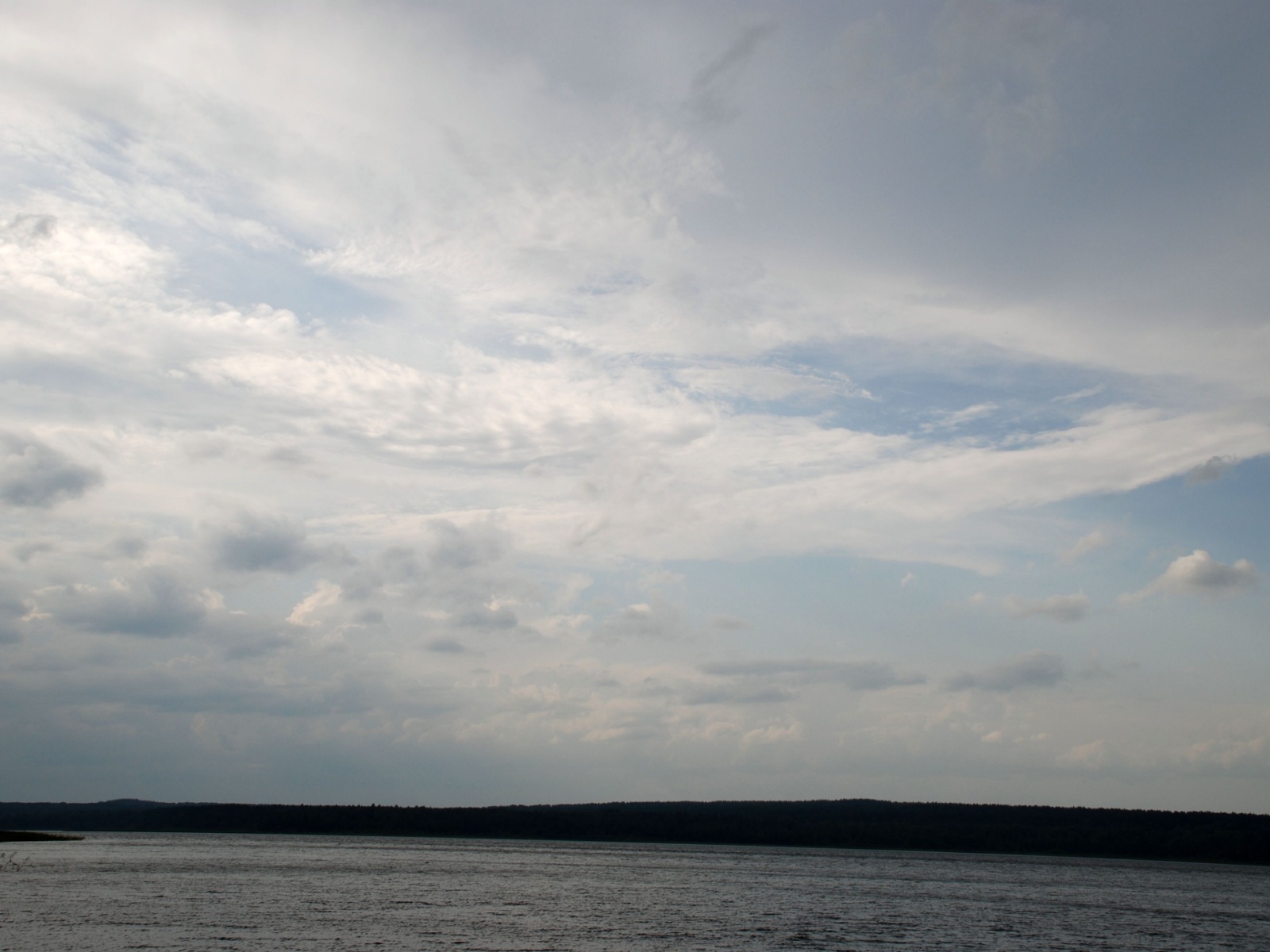
Understanding basic weather patterns can help you prepare for incoming storms or harsh conditions. Learn to read cloud formations, understand wind patterns, and recognize signs of approaching weather changes. For example, a ring around the moon often indicates approaching rain or snow. Red sky at night often means fair weather the next day, while red sky in the morning can signal approaching storms.
Wilderness Navigation
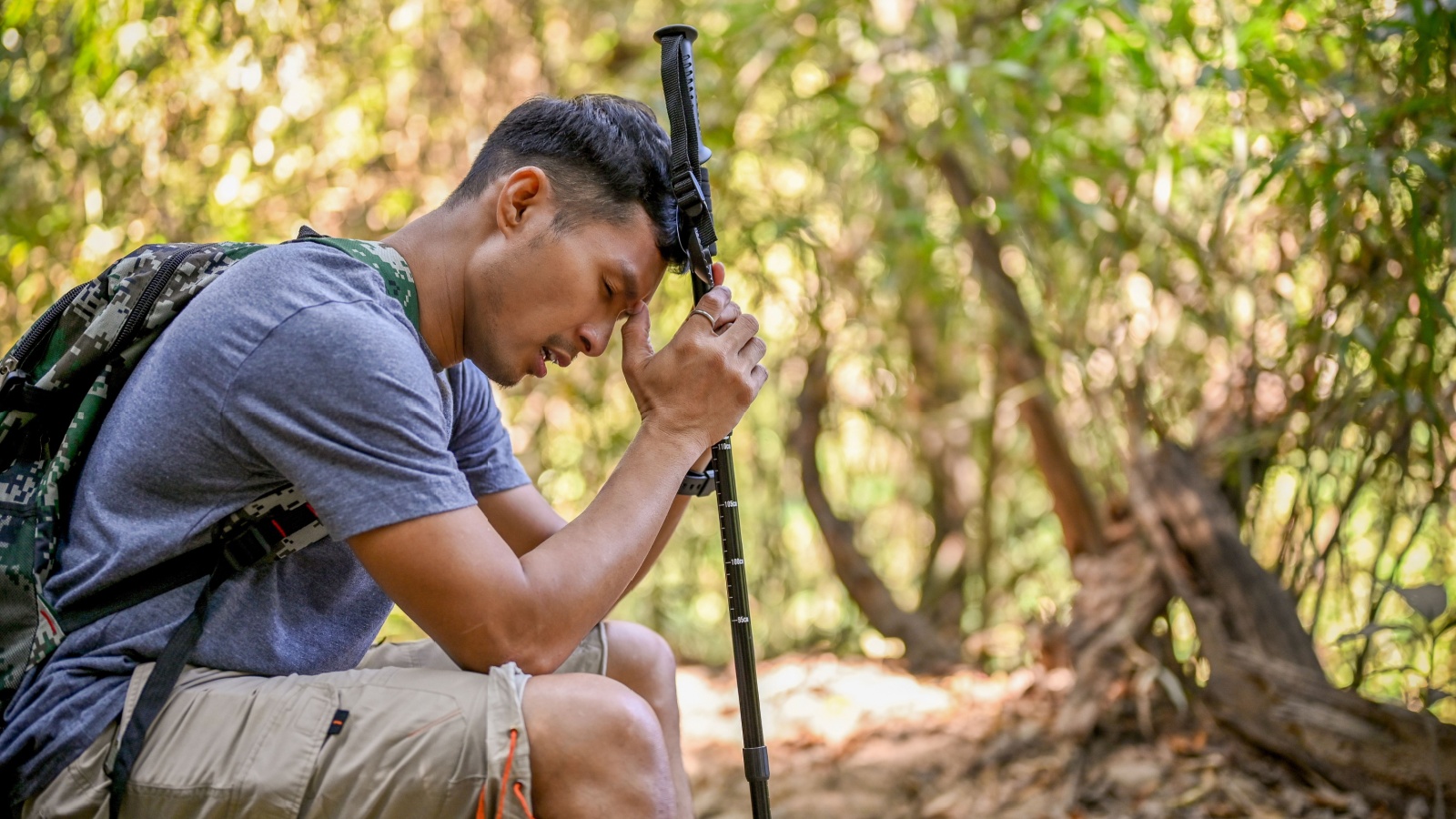
Beyond basic navigation, understanding how to move efficiently through wilderness is crucial. Learn to read the land, identifying natural paths and avoiding hazardous areas. Understand how to cross rivers safely and navigate through different terrains. Learn to pace yourself to avoid exhaustion. In mountainous areas, remember that ridgelines often provide easier travel than valleys, which can be choked with vegetation.
Basic Self-Defense

In survival situations, the ability to defend yourself becomes critical. Learn basic striking techniques and how to escape common holds. Understand how to use improvised weapons and your environment to your advantage. The goal in survival situations is always to escape danger, not engage in prolonged fights. Even basic self-defense skills can provide the confidence and ability to escape dangerous encounters.
Psychological Resilience

Perhaps the most important survival skill is mental toughness. Learn techniques to manage fear, maintain hope, and make clear decisions under stress. Understand the stages of psychological response to disaster situations. Practice mindfulness and stress-management techniques. In survival situations, your mindset can be the determining factor between giving up and pushing through to survival.
Best Hunting Rifles of the Last 50 Years
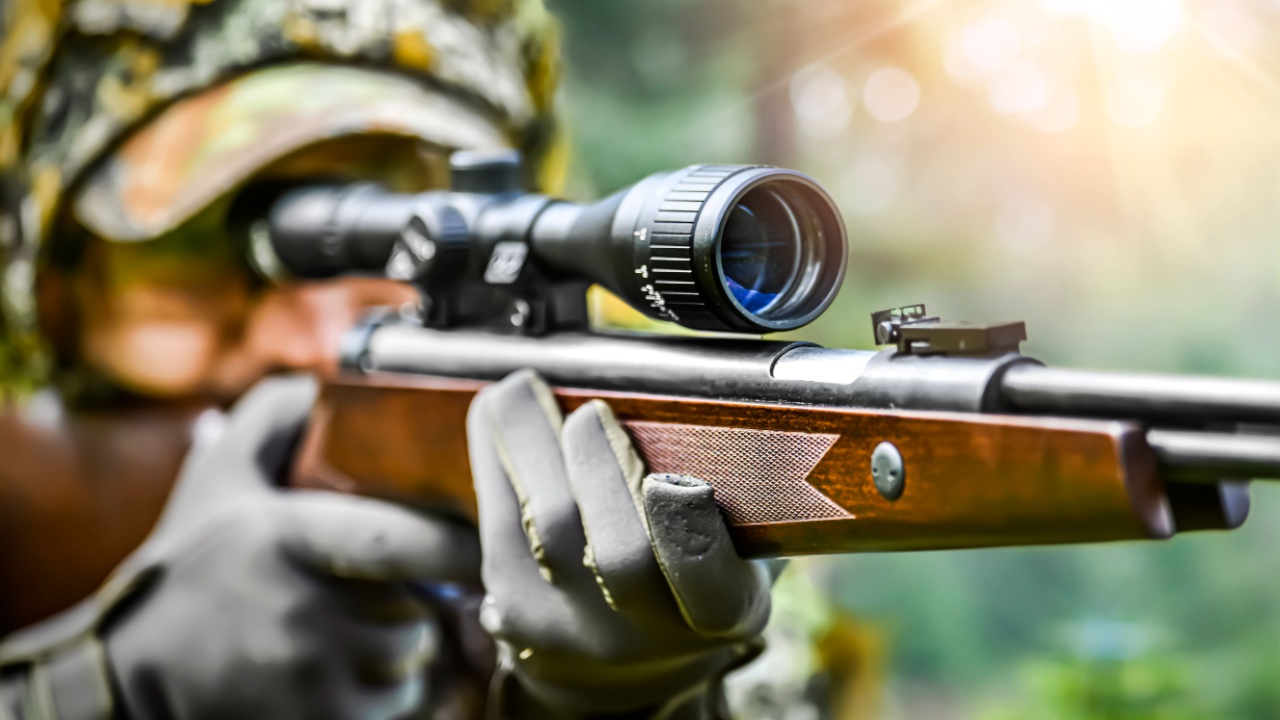
Choosing the “best” hunting rifle is a pretty personal thing. We all have different opinions and preferences on what we like to hunt with. But still, over the last 50 years, there have been some remarkable weapons. Over the past half-century, the evolution of hunting rifles has seen so many innovations, catering to a wide range of needs from the casual deer hunter to the adventurous big-game enthusiast. What’s your favorite hunting rifle? Which weapons deserve a spot on this list?
- Read More: Best Hunting Rifles of the Last 50 Years
14 Most Versatile Hunting Cartridges

With almost 16 million hunters in the United States, and with such a huge range of game to hunt, the right rifle and the best cartridge is critical. We have some of the most diverse ecosystems on the planet, with animals ranging from tiny squirrels to gigantic moose. The cornerstone of a successful hunt lies in the hunter’s skill and knowledge but also in the choice of ammunition. The right cartridge can make all the difference, offering the power needed for a clean, humane kill without compromising the quality of the game.
- Read More: 14 Most Versatile Hunting Cartridges
38 Things Every Prepper Should Stockpile That Aren’t Water, Food, or Weapons

This list extends beyond the basic survival trio of water, food, and weapons. It’s a given that we need to stock up on water, food, and a way to defend ourselves and what we have. But what other things will you need in a survival situation? None of us truly knows what TEOTWAWKI will really look like, although most of us have theories we think most likely. But whatever the situation is, there are certain supplies that it just makes sense to have on hand, aside from the obvious trio I mentioned above.

